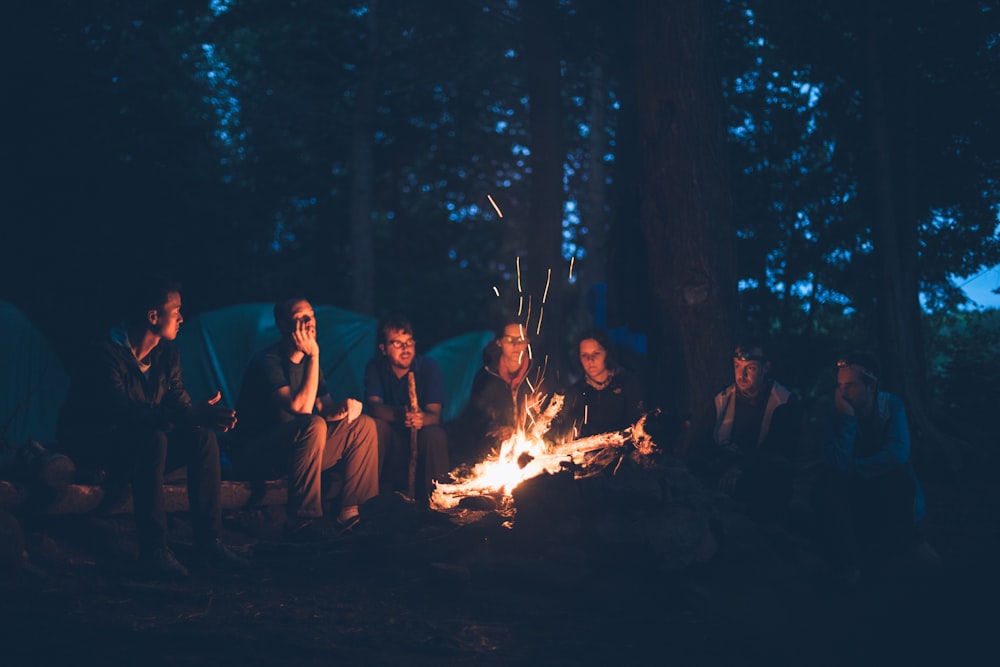Before we were literate,
we were listeners & tellers of tales.
Oral Traditions Around the World
In every part of the world, we find stories that have been passed down from one generation to the next. These oral traditions have many names: folktales, myths, legends, fairy tales.
In some cases, the stories are true & in others, the spun tales are imaginative, but all of them reflect values, beliefs, fears, history & the culture of the people who share them.
Some examples of oral traditions that have since been captured in book form:
- “Borreguita & the Coyote” (A Tale from Mexico)
- “Raven” (A tale of Native Groups of the Pacific Northwest, USA)
- “Why Mosquitos Buzz in People’s Ears” (A Tale from West Africa)
- “Stone Soup” (A Tale from England)
- “Lon Po Po” (A tale similar to Red-Riding Hood from China)
Popular “English” Tales
When discussing oral traditions of the English language, it is challenging to isolate stories that were originally “English” linguistically simply because of the myriad of influences involved in our linguistic history. For example, many cultures have a version of the Cinderella story, as well as a story that offers an explanation for how the earth & humans began.
Today, we not only have multiple versions of similar stories, but you can also find unique renditions for each age group. Here are links to one version of some other common stories & the country that originally printed the tale, each in their native tongue:
- “Sleeping Beauty” (France)
- “Hansel & Gretel” (Germany)
- “The Little Mermaid” (Denmark)
All of the above mentioned tales can be found, along with some others here . A more modern example of traditional tale is Jan Brett’s “The Mitten” (Ukraine).
The content of this post is based on information from Chapter 2 of the third edition of Through the Eyes of a Child: An Introduction to Children’s Literature.
First Children’s Stories
While the concepts of childhood & children’s books did not exist in the Middle Ages, oral storytelling was part of everyday life. The children of Europe listened to the same stories as their parents. Two early examples include “Beowulf” & “Jack the Giant Killer.”
Literacy & Education
In fact, the only “literate” people of the time would have been priests & nobles; the only “books” would have been manuscripts handwritten on parchment by monks or scribes.
Any children who could afford to be educated would have been taught by these same monks, most often dictating lessons to them as they wrote on slates.

